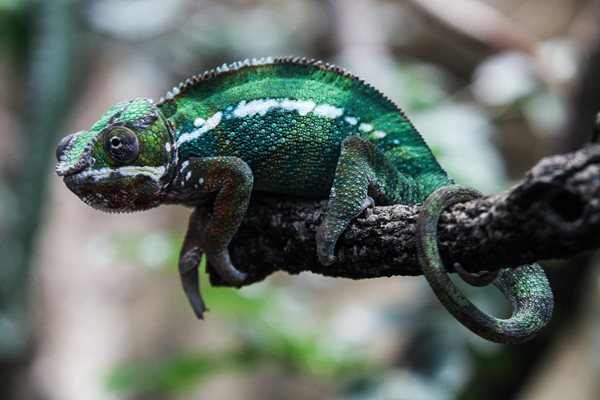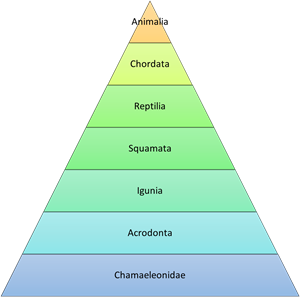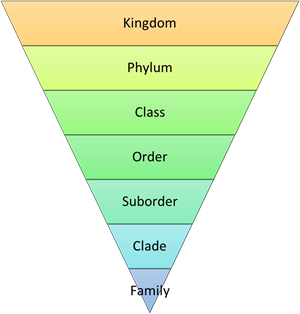Building on the success of our annual Writing Competition for Early Career Researchers, this year, Pharmacology Matters decided to hold its first Junior Science Writing Competition, in collaboration with the Society for Experimental Biology. The competition was for those under 12 and the only constraint on content was that it must be related to science.
We received lots of fantastic entries, they were judged by a panel who thoroughly enjoyed the broad range of topics, and the creativity and curiosity of our young writers. Well done to everyone who entered!
Our winning piece was ‘Giant Bamboo’ by Isaac Waitt, aged 11. Our runners up were Mohamad Ibrahim Aujoyeb, aged 9, with ‘Plants’ and Reuben and Micah Waitt, aged 10 and 8, with ‘Pets - chameleon, spider, antlion and great diving beetles’ (see below).
The Society recognises the importance of inspiring and encouraging the next generation of pharmacologists - whether that be through exploring how medicines are made, or supporting future pharmacologists to share exciting science - just like Isaac, Reuben, Micah and Mohamad. If you'd like to get involved with inspiring the next generation of pharmacologists, please get in touch with the team at education@bps.ac.uk - we'd love to hear your ideas!
Pets - chameleon, spider, antlion and great diving beetles

Introduction
We are brothers aged eight and ten, and we love having pets. We live in Uganda, where it is easier to collect a range of exciting creatures. We spend many hours watching our pets, and these are some observations about their feeding patterns.
Some set traps
Spiders and antlions both set traps.
As you will know spiders can quickly spin beautiful webs. But maybe you have not spent an afternoon watching carefully. If you drop a grasshopper into the web the spider rapidly goes to it, alerted by the vibrations of the web. It shoots out its spinneret and wraps up its prey in silk. It will come back later to feast. The antlion lava uses cunning in a different way. At first, I thought it was just a bug, but when you observe over several days, you see it make a cone shaped burrow. When you put an ant in the pot then the antlion is ready with its jaw open to grab the ant when, sooner or later, the ant will slip down into the burrow.
Some use camouflage, strategy and incredible features
The chameleon uses a different strategy. Its eyes move in opposite ways so it can see in all directions at once. You will know that he had seen the fly because he looks at the fly with both eyes then he shoots out his tongue and catches the fly. We see the jaw opening and then he opens his mouth then his tongue shoots out. Did you know that chameleons eat a lot? A chameleon can eat more than 50 flies in a day as well as cockroaches and grasshoppers. Also, did you know that chameleons don’t change color to match the surrounding? We did experiments to assess this. We put two different species of chameleon on a range of backgrounds and discovered that they go pale yellow when too hot, darker when they are cold, and when they are angry, they can develop a fabulous range of stripes and spots. We call these their ‘battle stripes’.
Some have a much lazier approach
We had some diving beetles. At first we tried to feed them but one day a gecko fell in their water and the beetles ate it! They ate it alive from its undersurface. Then we put a frog in the water, and they ate it too! When we dropped ants, they ate them before they had touched the bottom.
We need to be careful what we put in with those beetles! They don’t like sharing with other pets!
Discussion
So, you can see that our pets have a wide range of tactics that they use for finding food. I think chameleons are very fascinating pets.


Reuben and Micah's diagram of the scientific classification of chameleons.
Comments
If you are a British Pharmacological Society member, please
sign in to post comments.